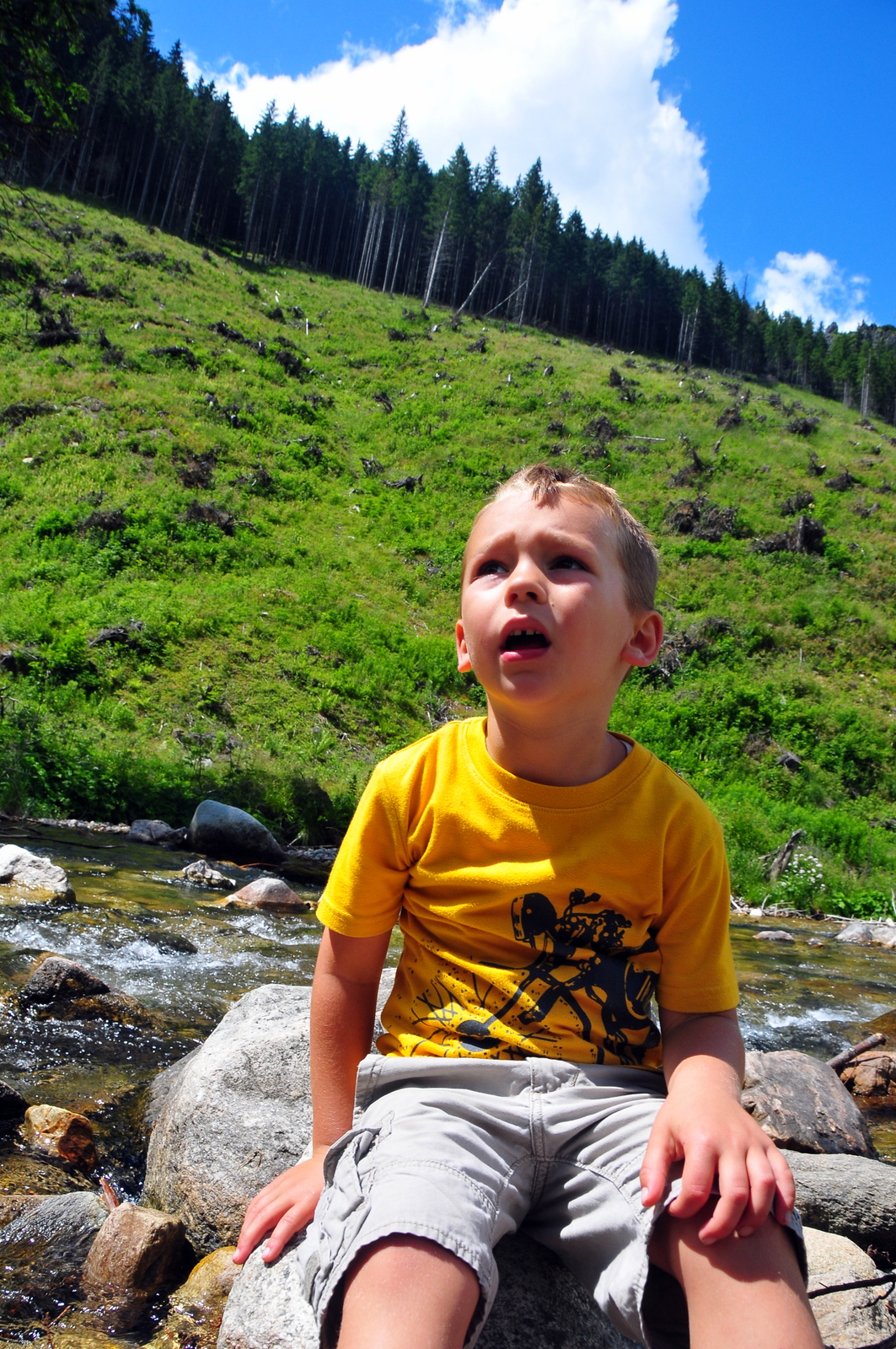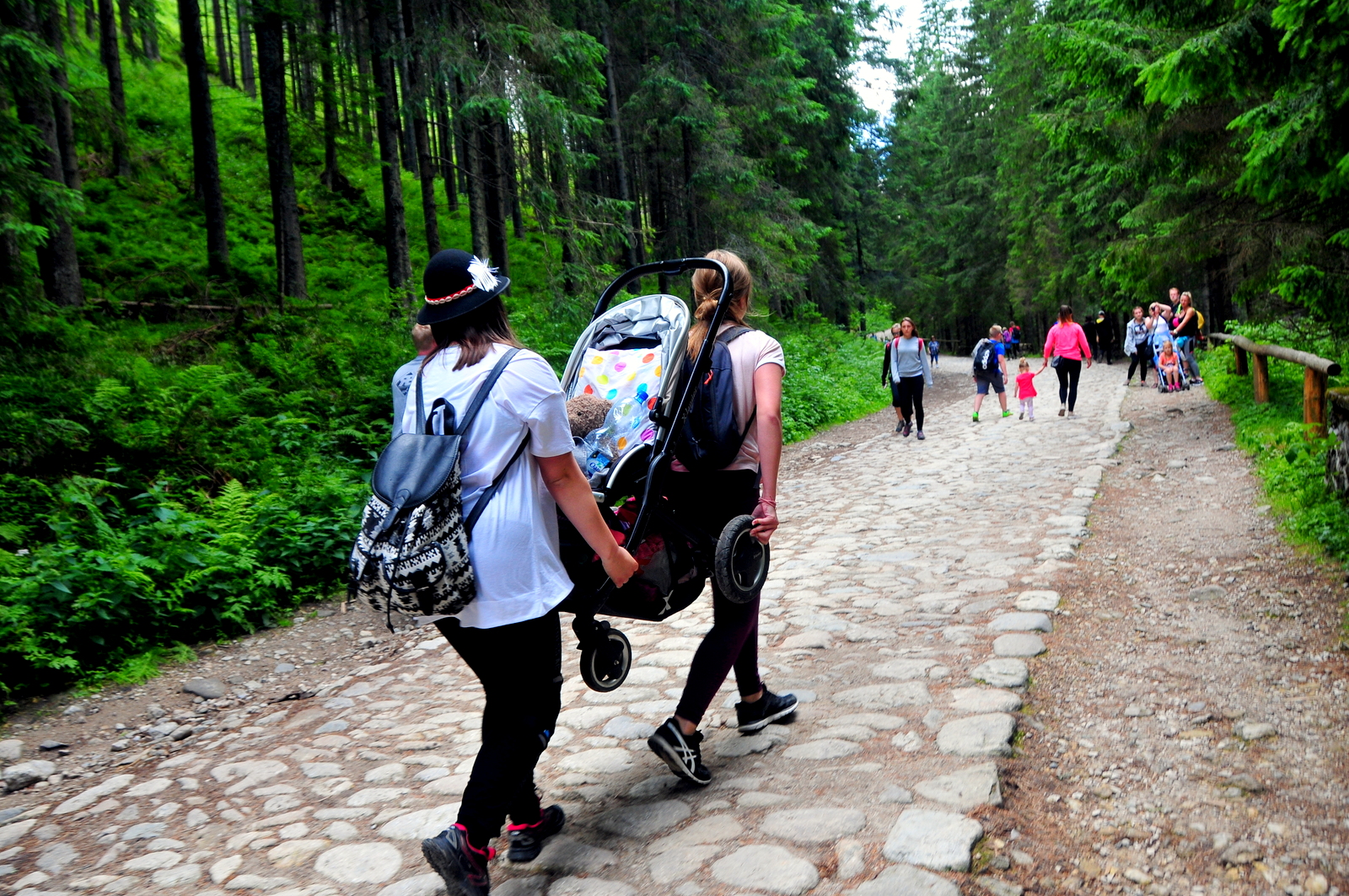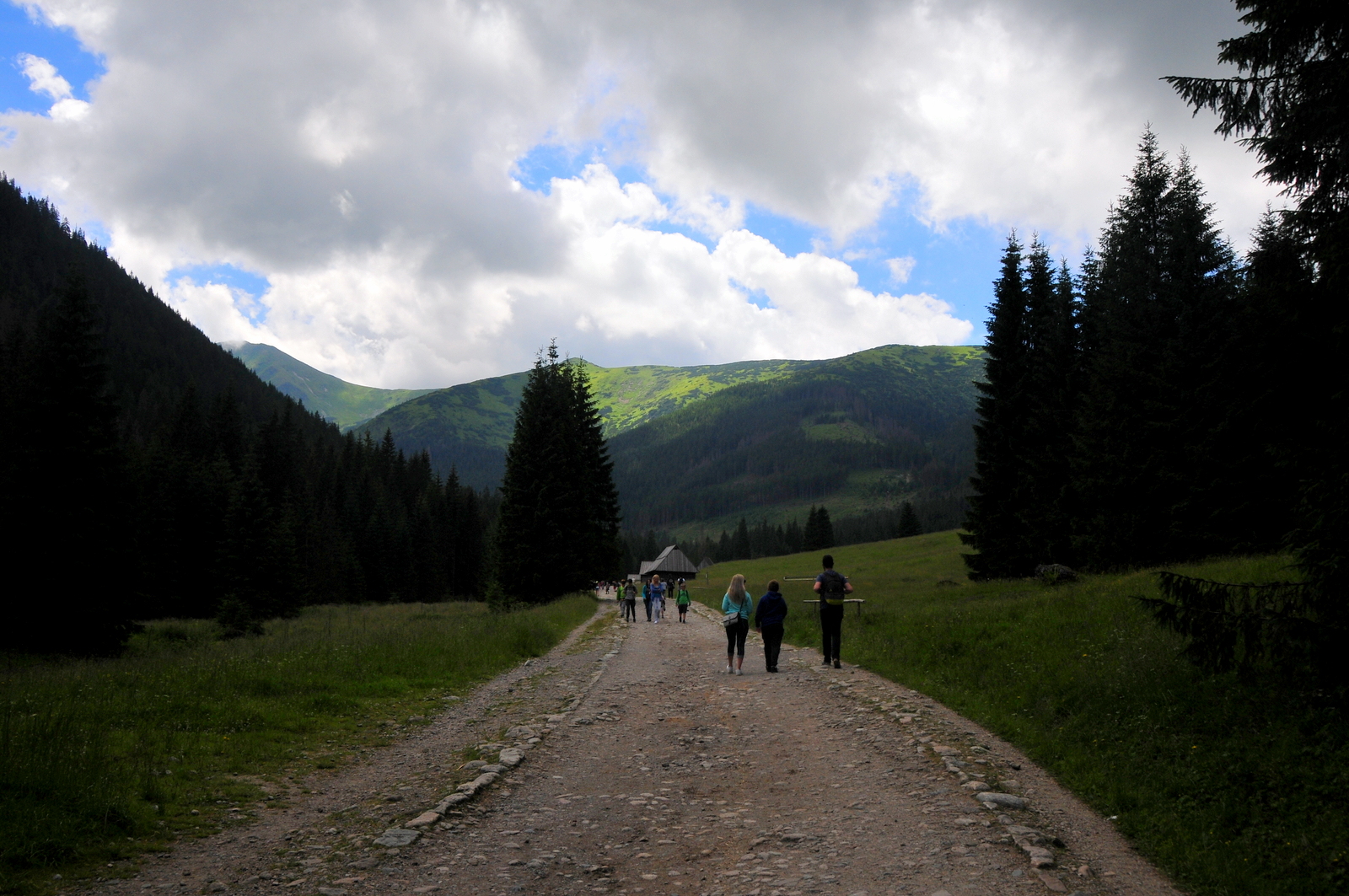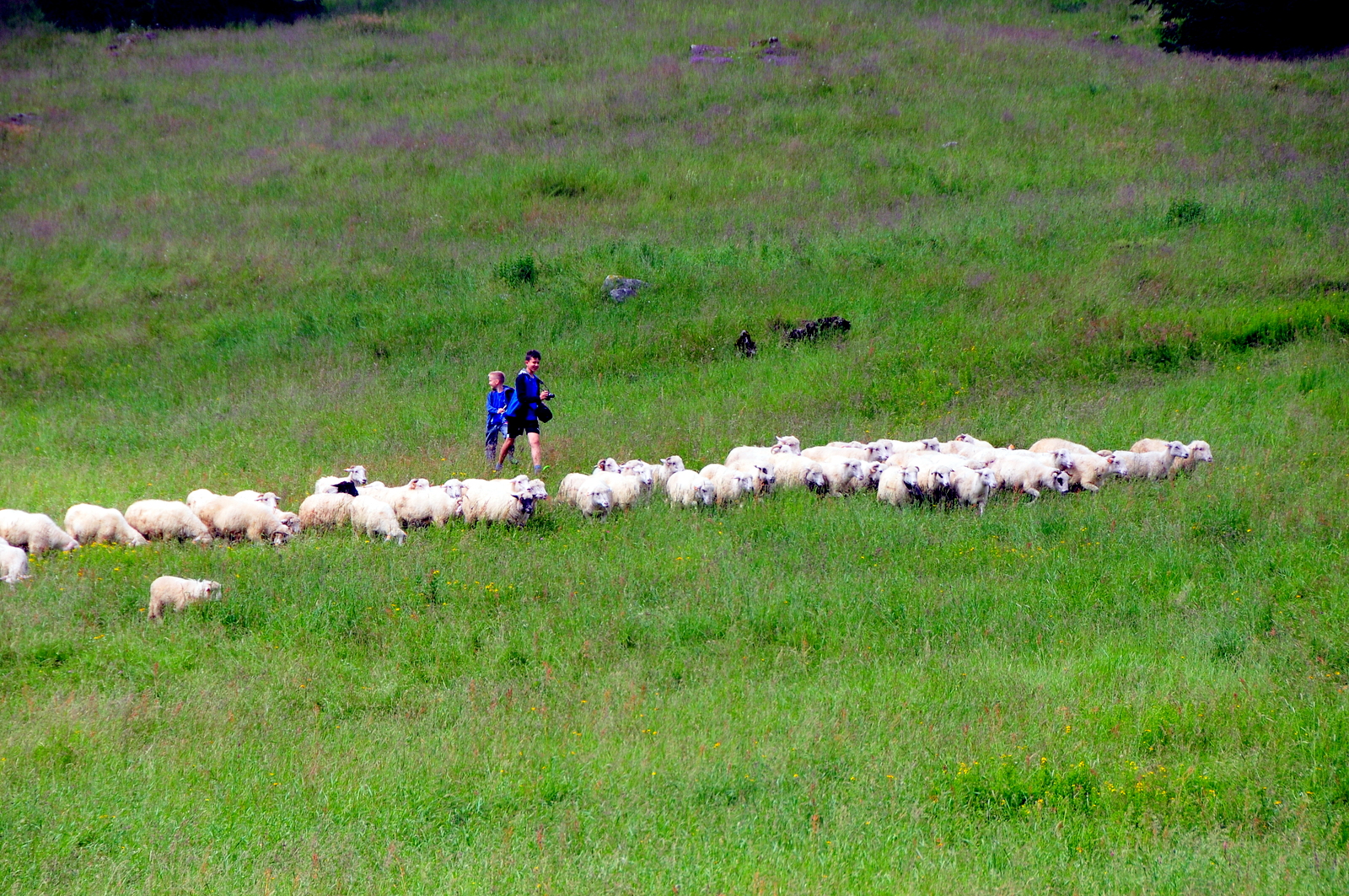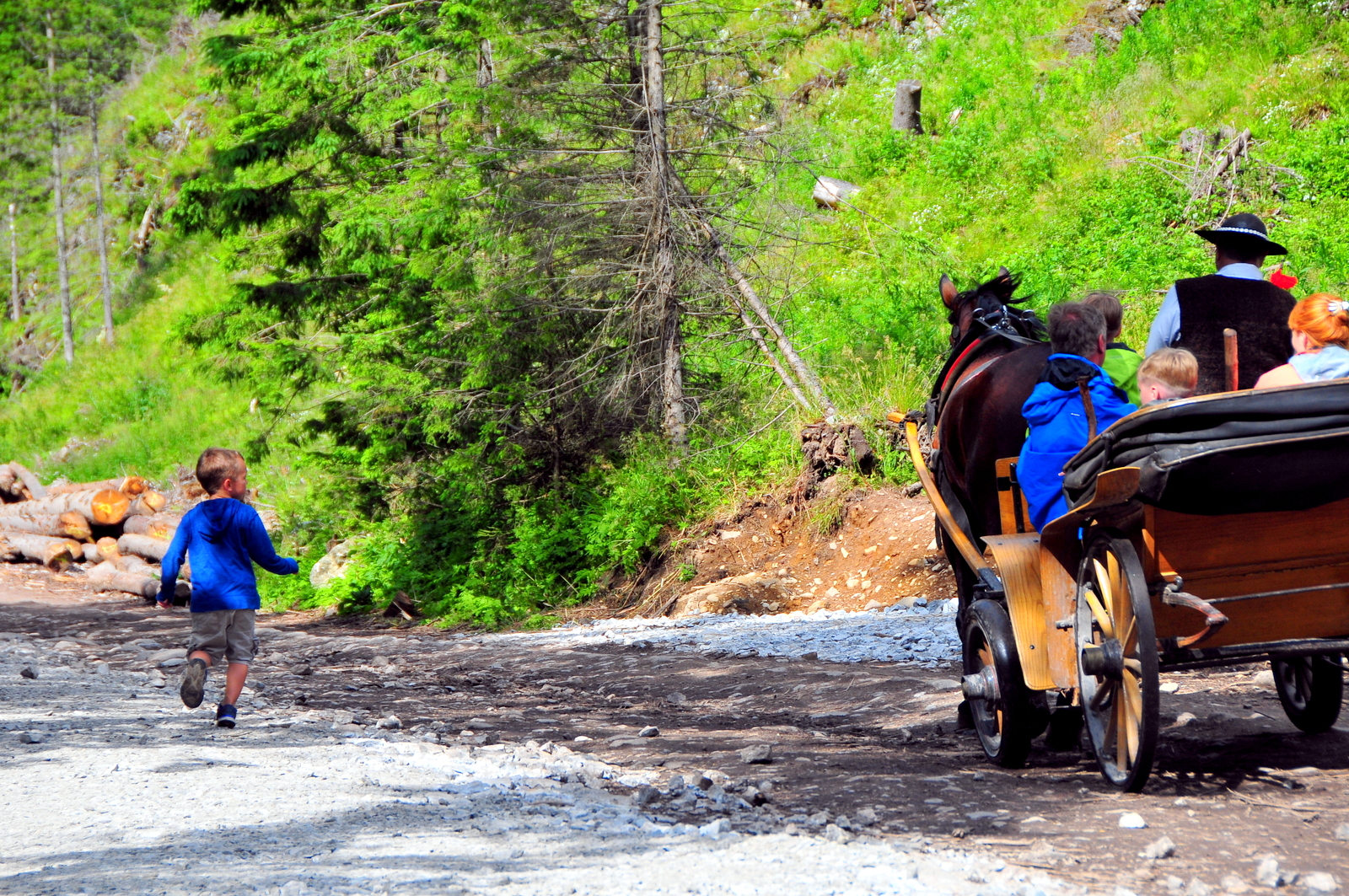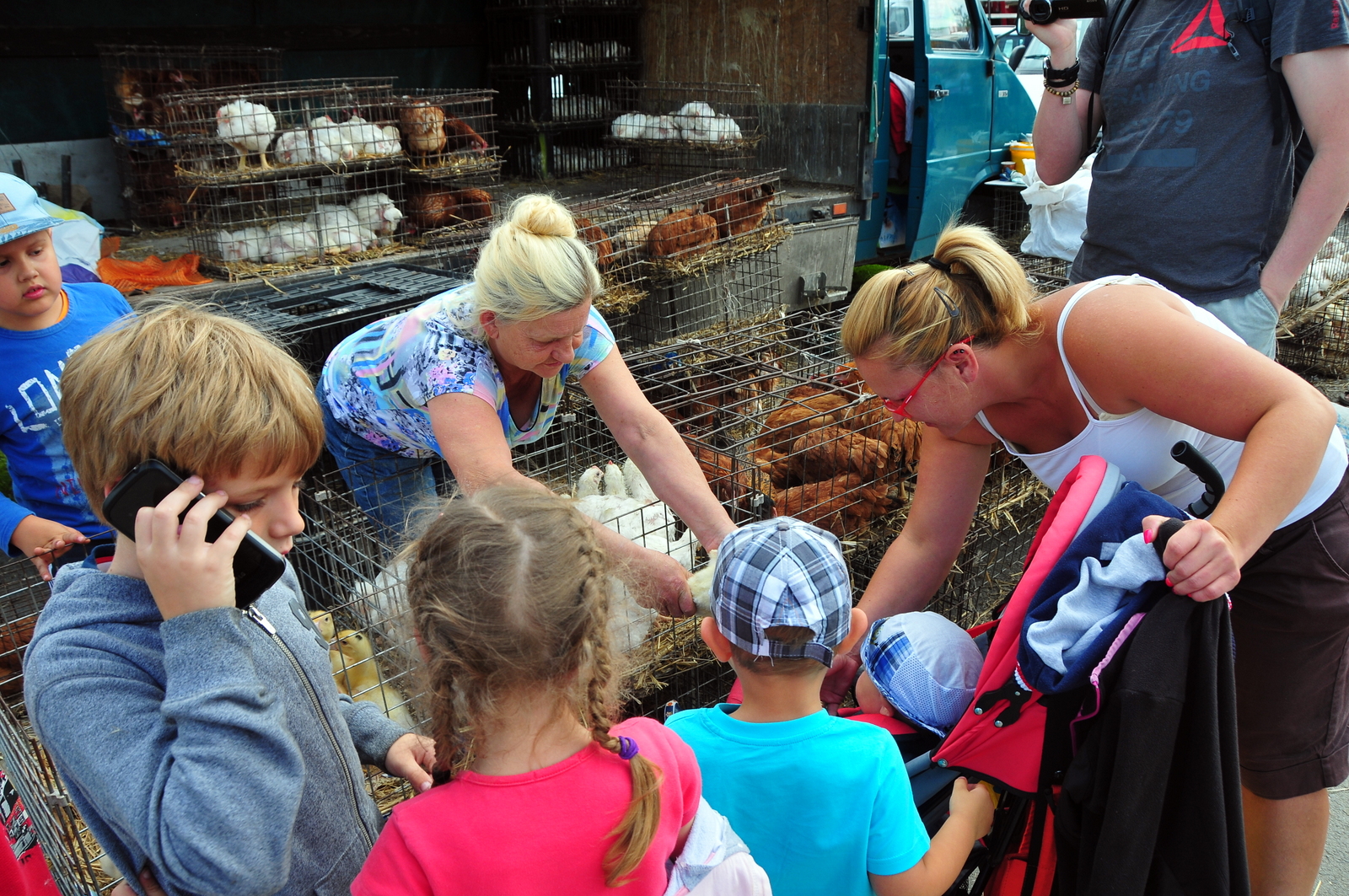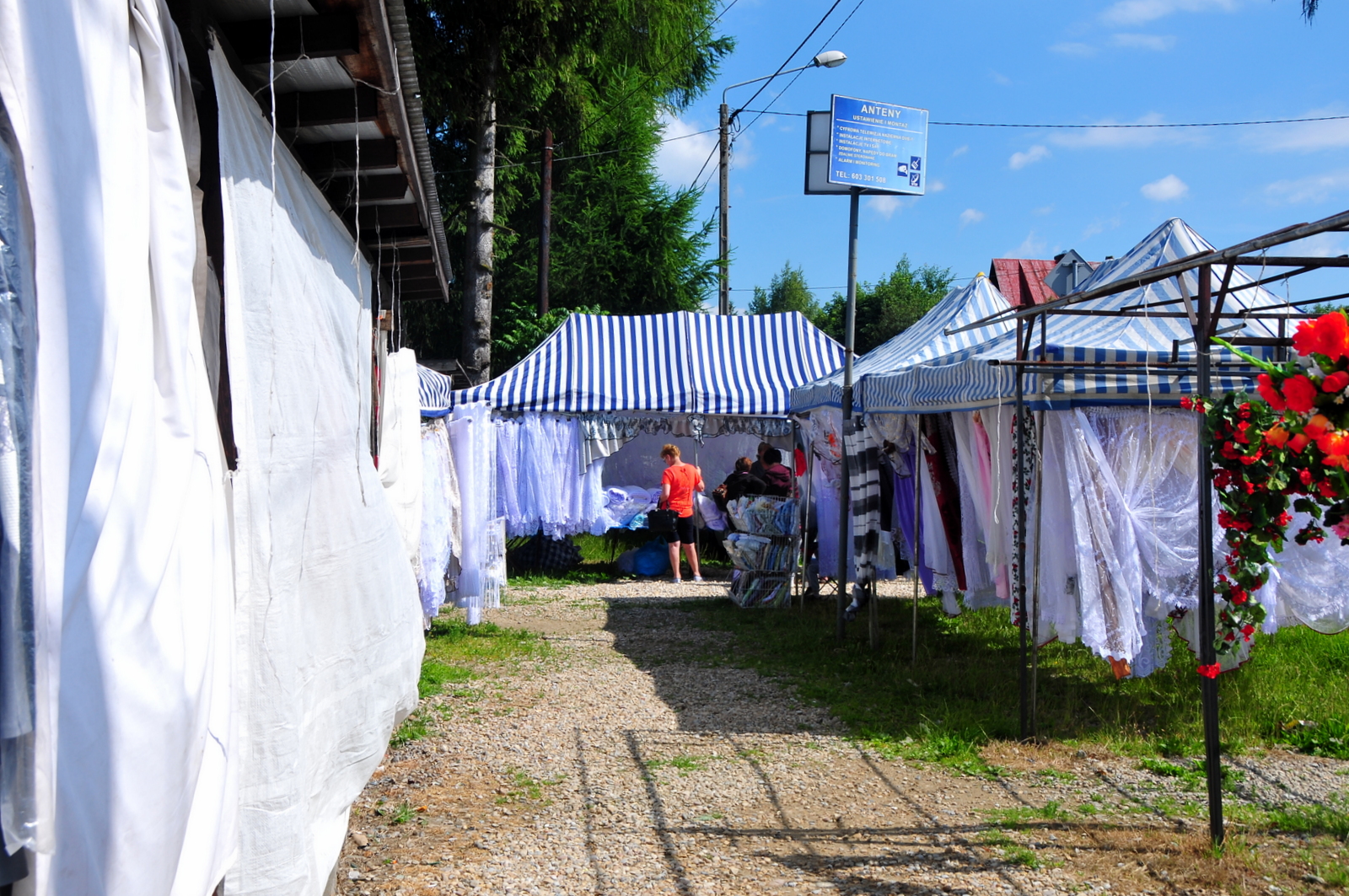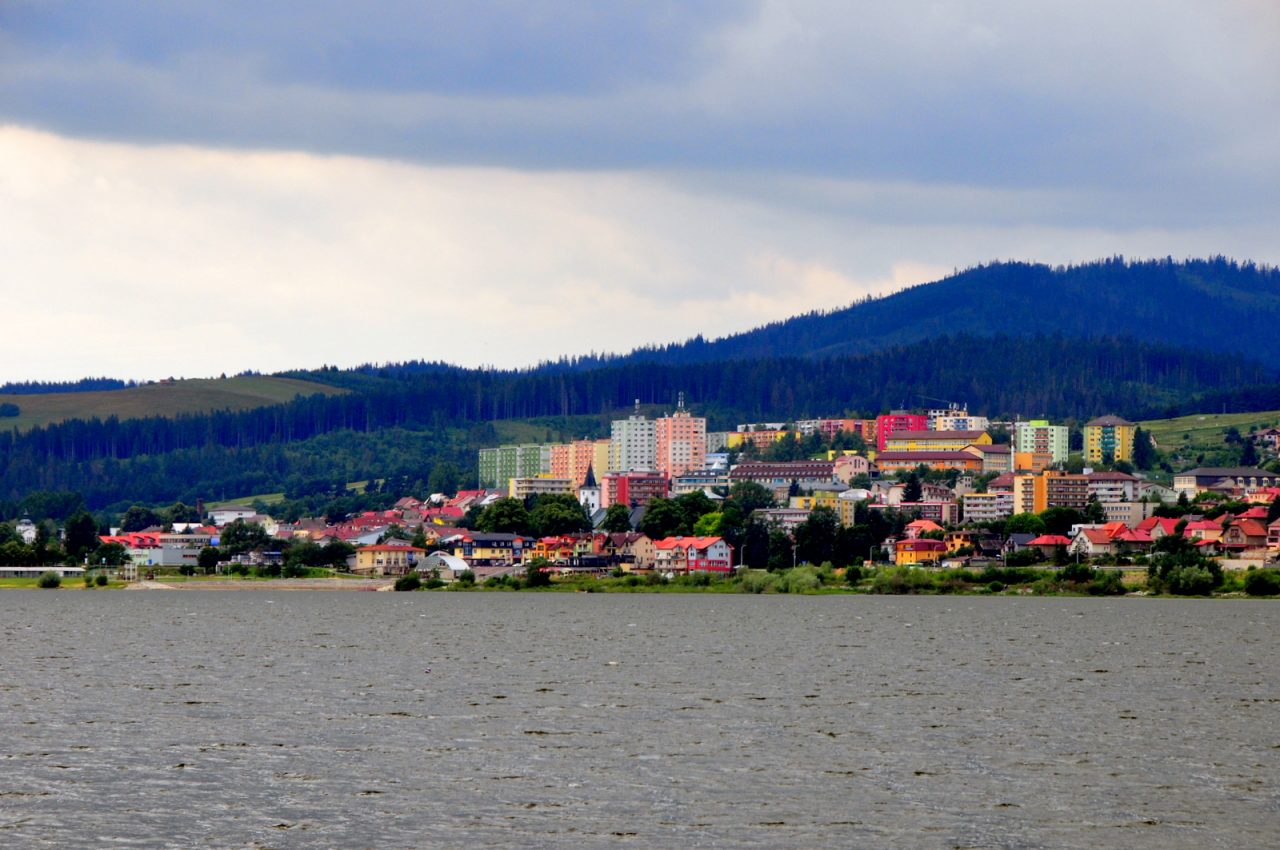A fourth (or is it fifth? or third?) visit to Oravsky Hrad. This time, a few changes. A simplified camera set up to accompany a simplified tour due to the ages of our tourist. And a few random thoughts that unwound along the way.
Thought One
In the crypt of the chapel at Orava Castle there are three coffins, two small ones and a large one. The tour being in Slovak and only partially comprehensible to me, I’m not sure if I understood it all, but I believe the two coffins are those of one owner’s children, an eight month old and a four year old. I had one of those moments: I remember what family life used to be, even for the riches and most fortunate. Infant mortality was unbelievably high (compared to now), and even living past five or six was not assumed. Having children might mean burying them before they were a year old, and it might mean burying multiple children. They could have died for any number of diseases that have now been virtually eradicated through improved hygiene, a better understanding of disease and its transmission, and effective vaccines. Yet for them, each child’s death was something of a mystery. Sure, they recognized and categorized diseases based on symptoms, but the actual cause was a mystery, as was any possible prevention.
And so I am grateful that I live in a time when protecting my children against measles, for example — a potentially fatal disease that, according to the WHO, would have resulted in “an estimated 20.3 million deaths” between 2000-2015. I’m grateful that I live in a time when I can take my child to the doctor and get a diagnosis and medication to help the child. I’m grateful that I’ve never once wondered whether my children will die of measles or small pox before they turn five. As I looked at the smallest casket, I felt fairly sure that her parents would have given almost anything to have that kind of security.










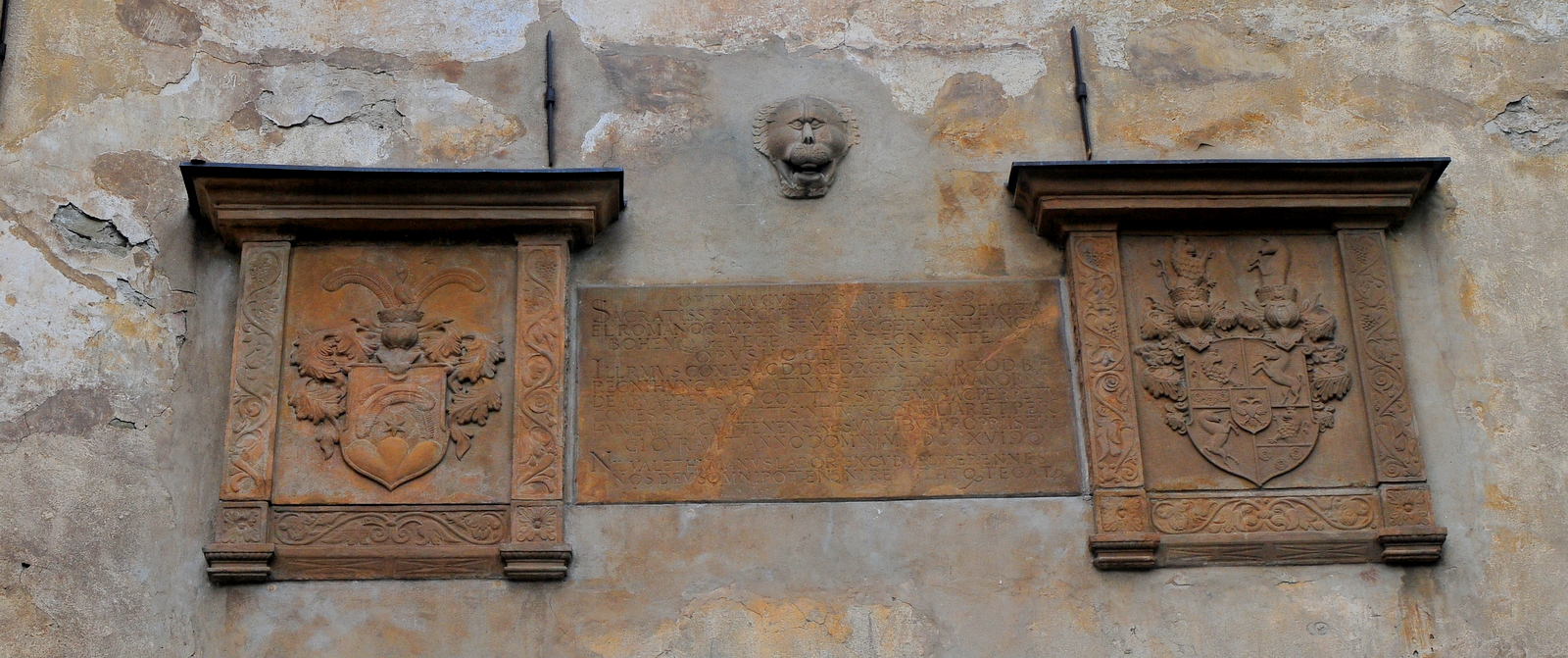

Thought Two
Orava Castle was the set for Nosferatu, a 1922 film adaptation of Dracula. I remember hearing that the idea of a blood sucking tyrant came from Vlad the Impaler. Here was a man who could do just about anything to just about anyone and became famous for a particularly brutal way of killing. He seems to be the exact opposite of what we have in most countries in the Western world today, where the rule of law treats everyone — theoretically — the same. Anyone from a homeless person to the President of the United States can be subject to the same law.
Yet what is most surprising about Vlad is that he was a real law-and-order guy. While there were plenty of people who were killed for arbitrary things, a great number were killed due to transgressions of Vlad’s severe moral code.
Further, Vlad was involved in fighting the Turks and preventing the spread of Islam in Europe. Despite his brutality, he was considered an orthodox Christian, and the Pope had little to nothing to say about his viciousness. He was, after all, fighting the Turks — the rest is insignificant, right?
When the Turks’ invasion began overwhelming Vlad’s forces, he began a scorched-Earth policy, destroying villages on both sides of the Danube to slow the Turks’ progress. This meant destroying his own people in vast numbers.
And so I began thinking about how we take this for granted today. We don’t raise our children wondering whether or not our own leader is going to slaughter them trying to save his own power. We don’t have to fear our rulers’ whims because they are subject to the same laws we are.












Previous Visits
Tour Guide
Oravský Hrad













